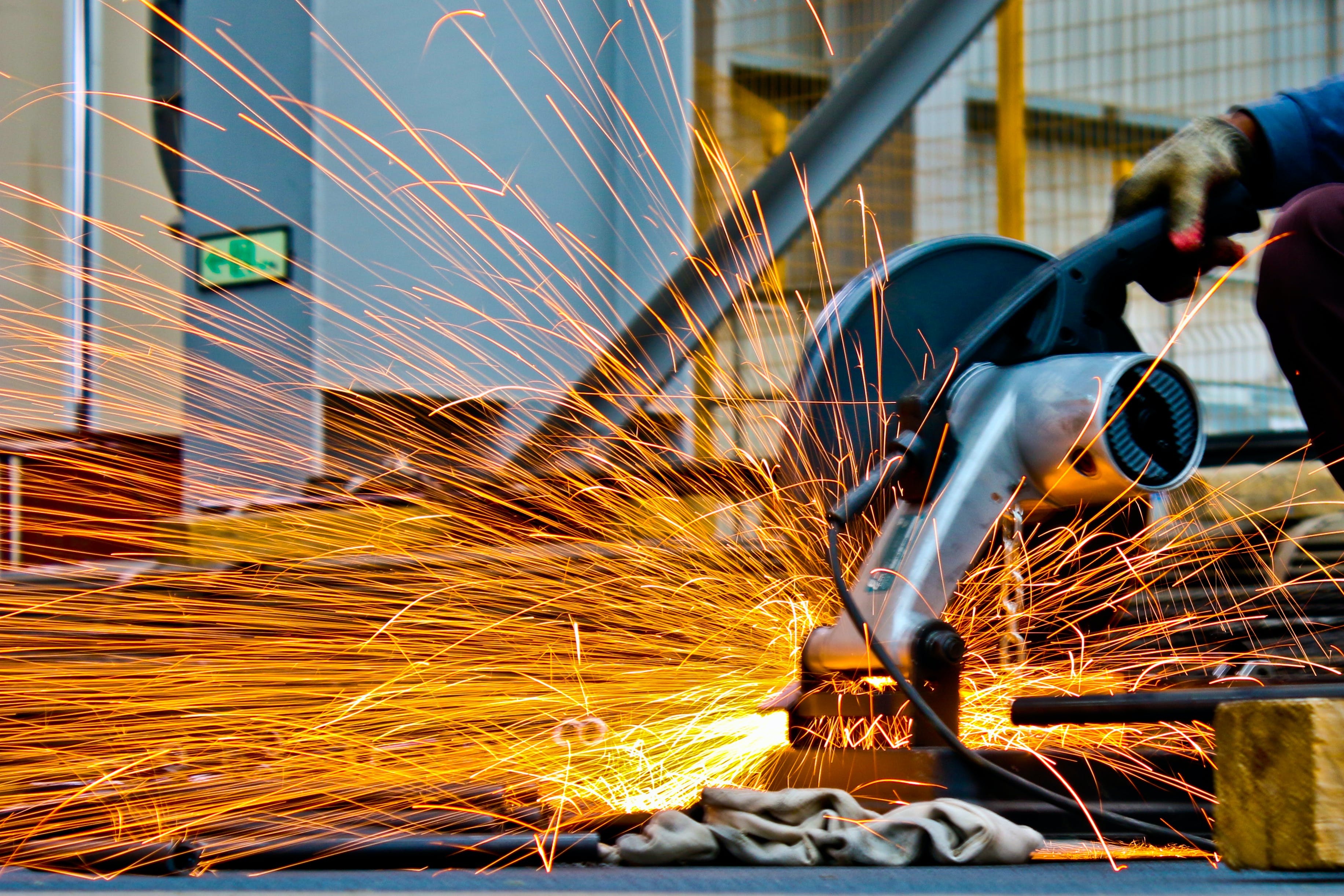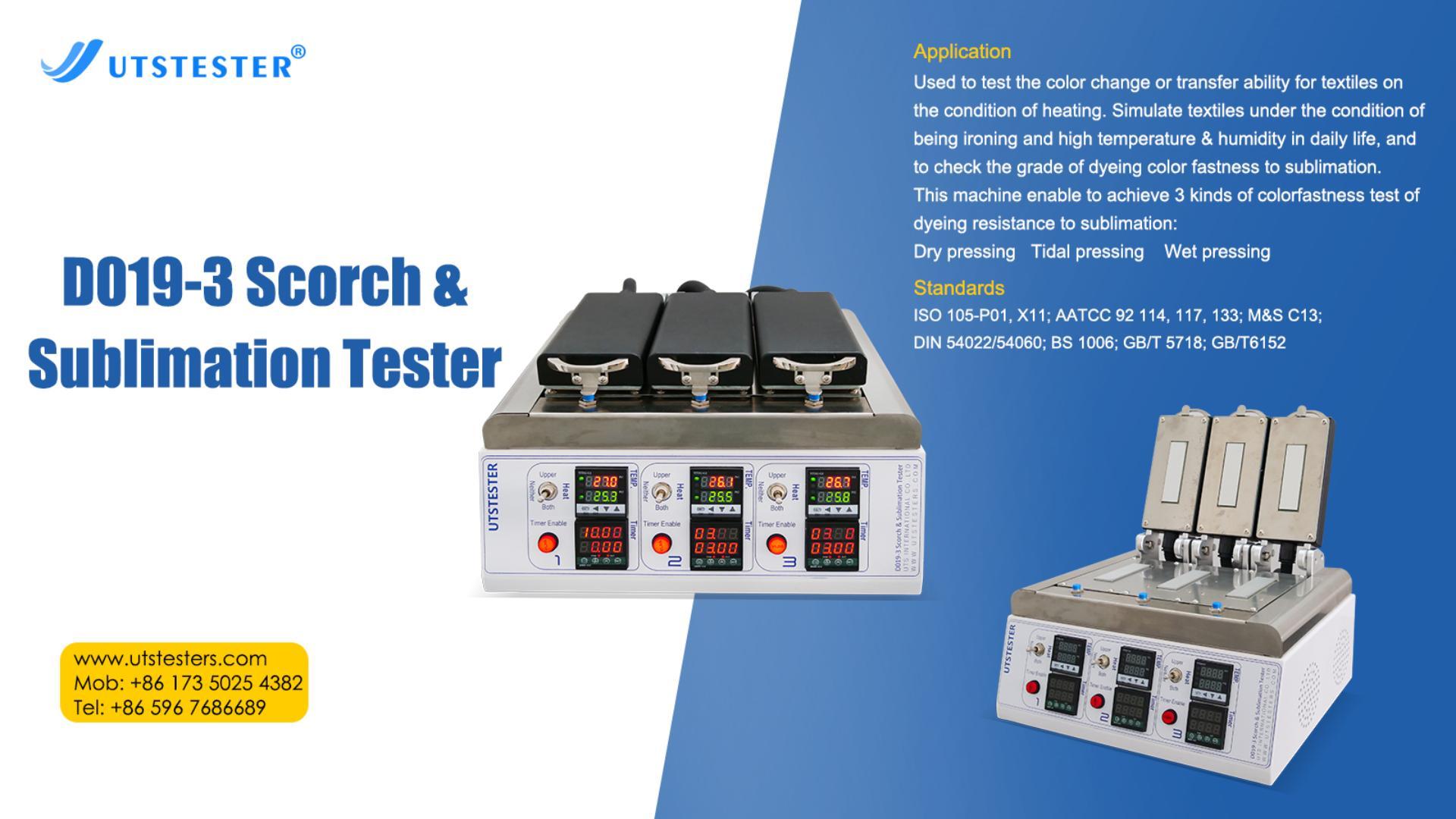Breathability is an important indicator for measuring the comfort of textiles, and is particularly suitable for quality control of products such as sportswear, outdoor equipment, and medical textiles. An air permeability tester can scientifically evaluate the ability of air to pass through fabrics to ensure that the product meets industry standards (such as ISO 9237, ASTM D737, etc.). This article will provide a detailed introduction to the use of an air permeability tester to help you obtain accurate and repeatable test data.
1. Equipment and preparation
(1) Composition of an air permeability tester
Test head: Fixed sample, usually with test holes of different diameters (such as 20cm², 38cm², etc.).
Airflow control system: Adjusts and measures air flow (unit: mm/s or cm³/cm²/s).
Pressure sensor: Detects the pressure difference on both sides of the sample (unit: Pa).
Display/software: Displays test data, and some devices support data export.
(2) Calibration and inspection
Calibration: Calibrate the equipment using a standard calibration plate according to the instructions to ensure accurate data.
Air tightness check: Test whether the airflow is stable when unloaded to avoid air leakage affecting the results.
Environmental conditions: It is recommended to test under standard temperature and humidity (such as 20±2℃, 65±4% RH) to avoid interference from environmental factors.
(3) Sample preparation
Cut at least 5 representative samples (such as 20cm×20cm), avoiding fabric edges or obvious defect areas.
If different parts are tested (such as the front chest and back of the garment), samples must be taken and marked separately.
2. Test steps
(1) Install the sample
1. Loosen the test head clamp and place the sample flat on the test area to avoid wrinkles or stretching.
2. Tighten the clamp evenly to ensure that the sample is fixed and there is no air leakage (you can check by lightly pressing the edge with your fingers).
(2) Set parameters
Test standard: Select the applicable standard (such as ISO 9237, GB/T 5453, etc.).
Test area: Select the test hole size according to the thickness of the sample (small holes for thin fabrics and large holes for thick fabrics).
Pressure difference setting: usually 100Pa or 125Pa, adjusted according to the standard requirements.
(3) Start the test
1. Start the equipment, the system will automatically apply a stable airflow and measure the air permeability.
2. After the value stabilizes (usually 10-30 seconds), record the data (unit: mm/s or L/m²/s).
(4) Repeat the test
Each sample should be tested at least 3 times, and the average value should be taken as the final result.
If the data difference is too large (>10%), it is necessary to check whether the sample is improperly fixed or the equipment is abnormal.
3. Data interpretation and reporting
(1) Common air permeability units
mm/s (millimeter/second): The speed of air flow passing through the fabric vertically.
L/m²/s (liter/square meter/second): The amount of air flow passing through a unit area per unit time.
cfm (cubic feet/minute): Used in some European and American standards.
Summary
Textile air permeability tester is an indispensable tool in research and development, quality inspection and trade. Correct use of equipment and standardized operating procedures can ensure the reliability and comparability of test data. Whether it is product development or acceptance inspection, scientific air permeability evaluation can provide strong support for quality control.

Email: hello@utstesters.com
Direct: + 86 152 6060 5085
Tel: +86-596-7686689
Web: www.utstesters.com





